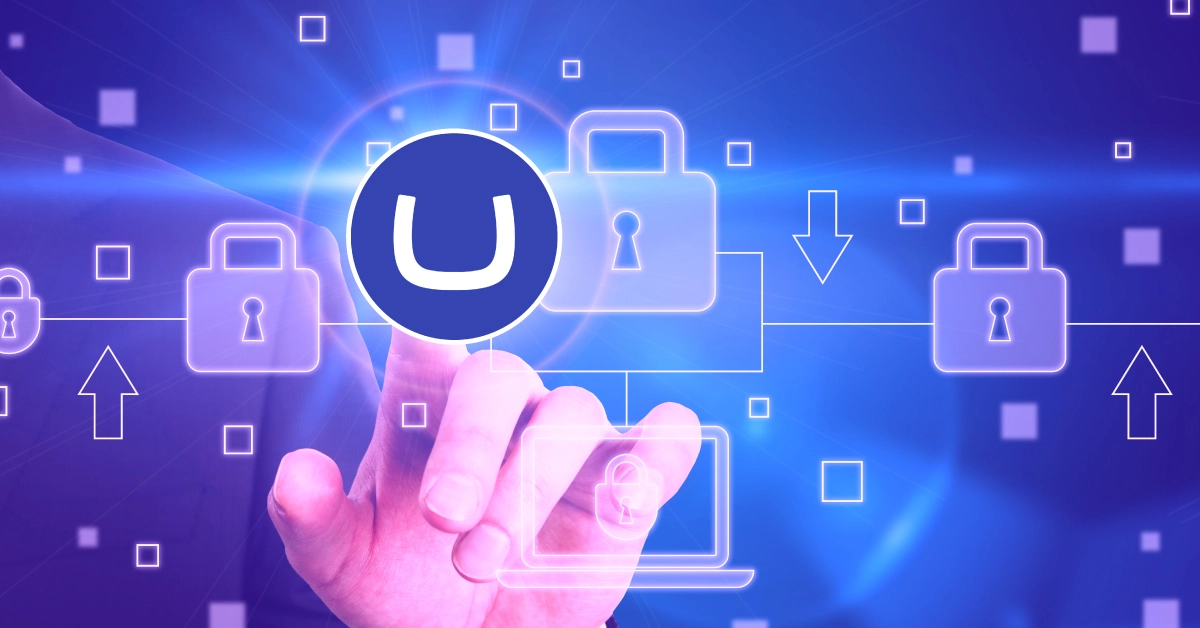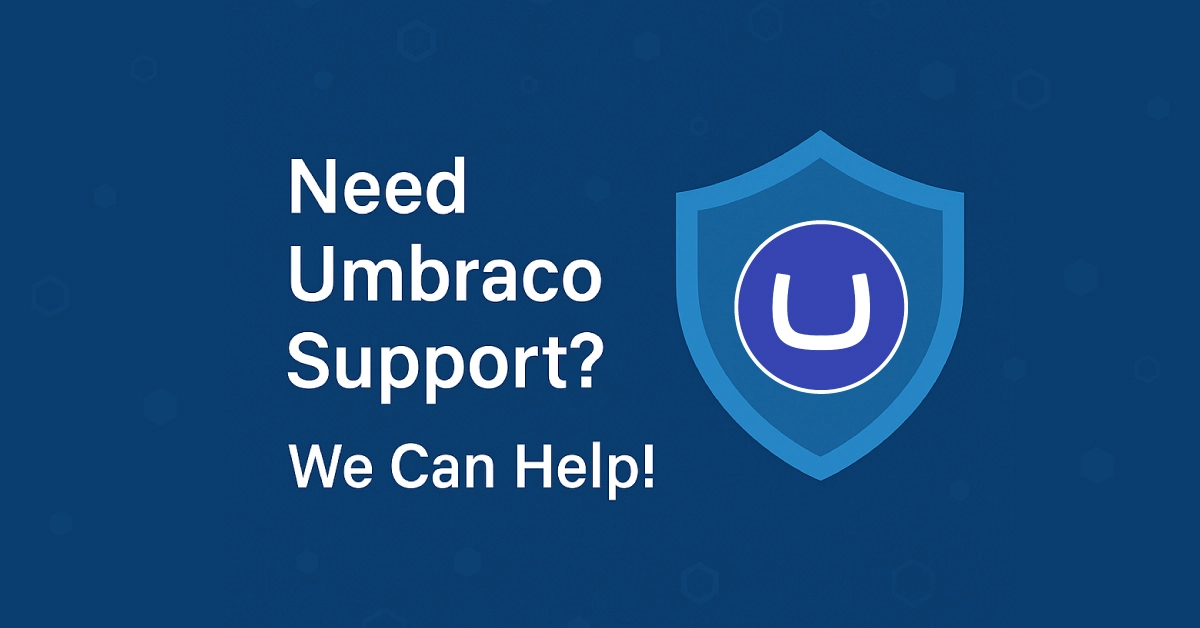
Umbraco is a powerful and flexible CMS trusted by organisations across the UK and beyond. Its open source nature, intuitive editing experience, and ability to scale make it a favourite among developers and content teams alike. But like any CMS, it requires ongoing care to stay secure.
Why Umbraco Security is Important
Although Umbraco’s core software is carefully maintained by Umbraco HQ, vulnerabilities can appear when the CMS is not updated, is incorrectly configured, or when custom code introduces weaknesses. Because the core codebase is publicly accessible, cybercriminals pay close attention to outdated installations. When a known issue has been patched in a newer version, older versions often become targeted, and automated scanning tools make it easy for attackers to identify them.
Security problems in Umbraco rarely stem from the platform itself. They tend to arise from human decisions such as not installing updates, misconfiguring permissions, using untrusted plugins, or relying on weak passwords. Understanding common risks is the first step in securing your site.
Common Umbraco Security Vulnerabilities
Cross Site Scripting (XSS)
XSS occurs when malicious scripts are injected into trusted pages. For an attacker, this can mean stealing user sessions, manipulating forms, or redirecting visitors to unsafe websites. XSS vulnerabilities usually arise when input fields are not sanitised properly. For example, comment boxes, contact forms, or any area where a user can submit content.
Cross Site Request Forgery (CSRF)
This is an attack that tricks the site into performing an unwanted action, such as submitting a form or changing account details. If a user is logged in at the time, the platform may treat the request as legitimate.
SQL Injection
Umbraco’s core protects strongly against SQL injection by using safe data handling methods. Problems arise when custom code is introduced without appropriate input validation. A poorly written form or custom module can inadvertently allow attackers to manipulate the database.
Misconfigurations and Poor Access Control
Giving users more permissions than they need is one of the most common mistakes. If a content editor has unnecessary access to developer level features, they could unintentionally alter configuration files or expose sensitive data. Another frequent issue is leaving the Umbraco back office login publicly accessible with no extra safeguards, making brute force attempts far easier.
Insecure Plugins and Extensions
Third party packages add helpful functionality, but not all are built with security in mind. Weak authentication, excessive permissions, or outdated code can quickly create entry points for attackers. Installing plugins without reviewing their source, reputation, or update history is a common risk.
File Upload Vulnerabilities
Media uploads are central to Umbraco’s ease of use, but they also pose a risk if not restricted. Without proper filtering, an attacker may upload executable files disguised as harmless assets. Once on the server, these files can enable remote access and system manipulation.
Running Outdated Versions of Umbraco
The most avoidable risk is also the most damaging. Outdated installations often contain known vulnerabilities that attackers actively scan for. If you miss security patches, you leave the door wide open. Regular updates are essential.
How These Issues Typically Arise
Security gaps usually come from:
- Not applying Umbraco updates and security patches
- Using outdated or untrusted plugins
- Poor password practices or shared credentials
- Incorrectly configured permissions
- Lack of monitoring or auditing
- Custom code that bypasses Umbraco’s built in safety mechanisms
These are preventable with the right processes in place.
Built In Umbraco Security Features
Umbraco includes a range of features designed to strengthen security from the outset:
- Automated security updates (Umbraco Cloud)
- Automated HTTPS certificate (Umbraco Cloud)
- Hashed passwords
- Support for HTTPS
- Support for OAuth login system
- Possible to set up password rules
- Possible to implement two factor authentication
- Default log out of back office due to inactivity
- Built in security health checks
These provide a strong foundation, but they must be used correctly and supplemented with good development and maintenance practices.
Best Practices for Securing an Umbraco Website
To ensure your Umbraco site remains secure:
- Keep the CMS and plugins up to date with the latest patches.
- Remove unused extensions and only install trusted packages.
- Enforce the principle of least privilege for all user roles.
- Restrict access to the back office and add IP allow listing where possible.
- Use strong password rules and enable two factor authentication.
- Apply strict file upload restrictions and ensure uploaded files are placed in non-executable directories.
- Validate all user input, especially in custom code.
- Audit your configuration regularly to identify weaknesses or outdated components.
Website security requires ongoing attention, review, and adjustment.

Need Support Securing Your Umbraco Website?
At BBI Brandboost, we help organisations keep their Umbraco websites secure, up to date, and performing at their best. As an experienced digital marketing and web development agency based in High Wycombe, we provide ongoing support, updates, monitoring, and security audits to give you complete peace of mind.
If you’d like help strengthening your Umbraco site’s security, get in touch with our team today.